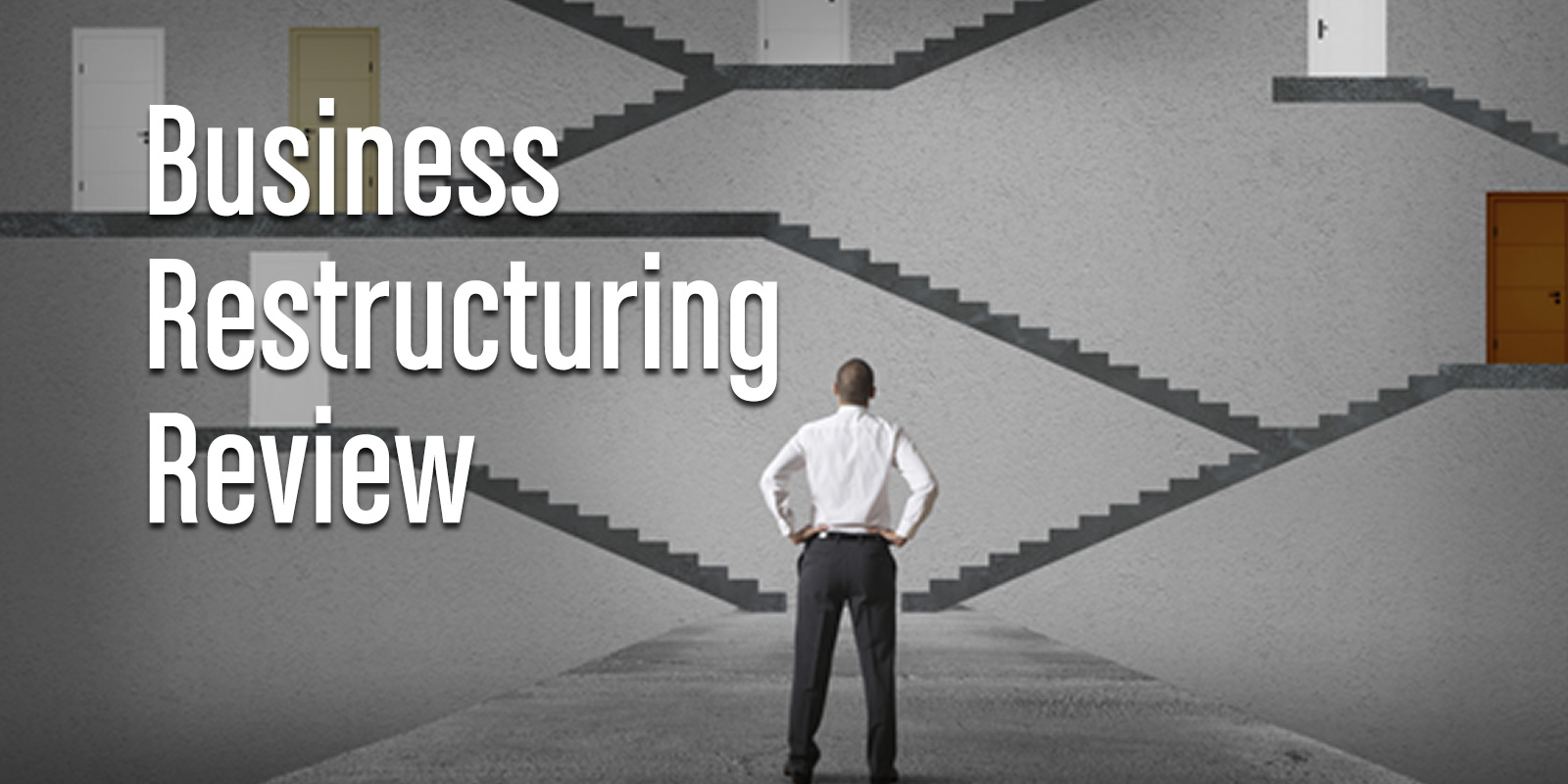
Chapter 11 Plan Not Providing for Payment of Make-Whole Premium Impaired Noteholders
In In re Ultra Petroleum Corp., 2017 BL 335015 (Bankr. S.D. Tex. Sept. 21, 2017), the U.S. Bankruptcy Court for the Southern District of Texas ruled that certain private-placement noteholders were entitled to receive a "make-whole" premium in excess of $200 million under a chapter 11 plan that rendered the noteholders’ claims unimpaired.
The ruling is significant because the court determined that: (i) a "model form" make-whole provision triggered by a bankruptcy filing created an enforceable liquidated damages claim, an issue with respect to which there have been conflicting decisions (compare Del. Tr. Co. v. Energy Future Intermediate Holding Co. LLC (In re Energy Future Holdings Corp.), 842 F.3d 247 (3d Cir. 2016) (reversing lower court rulings disallowing the claims of noteholders for make-whole premiums allegedly due under public indentures) with Momentive Performance Materials Inc. v. BOKF, NA (In re MPM Silicones, L.L.C.), 2017 BL 376794 (2d Cir. Oct. 27, 2017) (upholding the bankruptcy court’s denial of the noteholders’ make-whole claim)); and (ii) the chapter 11 debtors must pay the make-whole amount in full to render the noteholders’ claims "unimpaired."
Ultra Petroleum Corp. ("UPC") issued approximately $1.5 billion in unsecured notes from 2008 to 2010. The note agreement, which was governed by New York law, provided that UPC had the right to prepay the notes at 100 percent of principal plus a make-whole amount. Events of default under the agreement included a bankruptcy filing by UPC.
UPC filed for chapter 11 protection in April 2016. Improving business conditions during the course of the case allowed UPC to seek confirmation of a chapter 11 plan that provided for the payment in cash of all unsecured claims in full. The plan designated the noteholders’ claims as "unimpaired" but did not provide for the payment of the make-whole amount or postpetition interest at the default rate. UPC contested the noteholders’ right to receive the make-whole amount, postpetition default-rate interest, and certain other related fees and expenses.
The bankruptcy court first decided that the make-whole amount was an enforceable liquidated damages provision—rather than an unenforceable penalty—under New York law. The court rejected UPC’s arguments that the make-whole amount was "conspicuously disproportionate to foreseeable losses at the time the parties entered" into the note agreement because it would result in a double recovery.
The court also held that UPC’s chapter 11 plan impaired the noteholders’ claims because the plan failed to provide for the payment of the make-whole amount and postpetition default-rate interest. The court rejected UPC’s position that, because the make-whole amount represented "unmatured interest" and was not allowable under section 502(b)(2) of the Bankruptcy Code, the plan left the noteholders’ rights under the Bankruptcy Code unaltered, and the noteholders’ claims were therefore unimpaired under section 1124(1) of the Bankruptcy Code. Section 1124 provides in substance that, unless a creditor consents, its claim is impaired under a plan unless: (1) the plan "leaves unaltered the legal, equitable, and contractual rights to which such claim . . . entitles [the creditor]"; or (2) reinstates the maturity of the claim after curing any monetary defaults and compensating the creditor for any reliance damages.
In support of its position, UPC relied on the Third Circuit’s ruling in In re PPI Enterprises (U.S.) Inc., 324 F.3d 197 (3d Cir. 2003). In PPI, the court ruled that a plan proposing to pay a landlord’s lease rejection claim in an amount equal to the cap on future rent claims set forth in section 502(b)(6) left the landlord’s claim unimpaired.
The Ultra Petroleum court rejected this reasoning. According to the court, because, pursuant to section 1141(d) of the Bankruptcy Code, UPC’s chapter 11 plan, rather than section 502(b)(2), would result in the discharge of UPC’s liability on the unpaid make-whole claim, the plan would impair the noteholders’ claims unless the plan provided for the payment of the make-whole claim in full.
The court noted in dicta that UPC might have attempted to render the noteholders unimpaired without paying the make-whole amount by reinstating the notes and curing any defaults, as permitted by section 1124(2), but elected not to do so.
UPC appealed the court’s order on October 5, 2017. On October 6, the bankruptcy court entered an agreed order directing that, pending resolution on appeal, UPC must pay the make-whole claims and postpetition interest no later than October 13, 2017, from a UPC reserve fund.
On October 26, 2017, the bankruptcy court certified a direct appeal of its order to the U.S. Court of Appeals for the Fifth Circuit, which may or may not agree to hear the appeal. In certifying the appeal, the court noted that Fifth Circuit law is "unambiguous" in holding that even a "slight deterioration" in the rights of a claimant leaves the claimant impaired. However, the court emphasized, the Fifth Circuit has not addressed the issue of "whether impairment should be measured against the non-bankruptcy state law claim or against the claim allowed under § 502." Because that issue of law is fundamental to the reorganized UPC’s appeal, the court concluded, it constitutes a matter on which there is no controlling precedent within the Fifth Circuit or from the U.S. Supreme Court, thus warranting direct certification.


